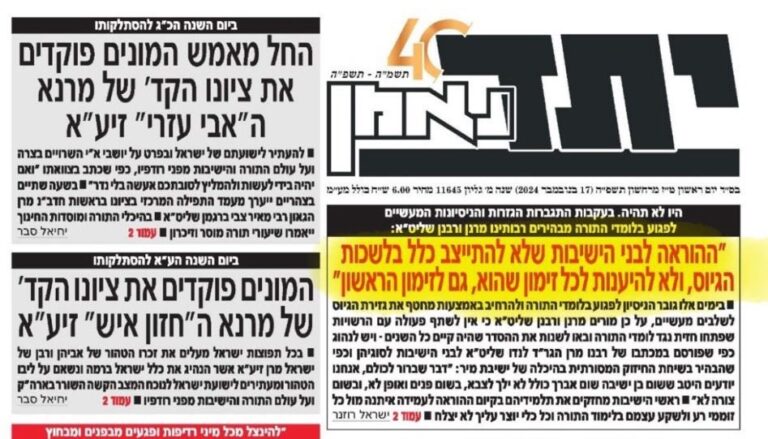
Continuing with the previous installment if Foreclosure Defense, we will now discuss what should be done when served a borrower is served with Foreclosure action. As a caveat, it is vital that I mention that the information that follows is just the basic information and does not replace the advice and counsel of an attorney knowledgeable in Foreclosure Defense or one or more not-for-profit Foreclosure clinics that I discussed in my previous columns.
As a recap of the previous column and to just serve as a quick review, the basic path of a foreclosure in New York is as follows: After the borrower is about 2 to 3 months late with mortgage payments, the Lender usually sends a letter that the borrower is in default (for convenience sake, we will refer to this as the “Default Letter”). While the form of the Default Letter various with lender to lender, the Default Letter usually states that the borrower has multiple option until “Right of Redemption” period (which will be discussed in future installments of this column) ends. Namely, the borrower can pay all the arrears and become current on the loan, negotiate a loss mitigation with the lender (such as loan modification, forbearance or deed-in-lieu of foreclosure), sell the mortgaged property, negotiate a short sale (again, an area which will be thoroughly discussed in upcoming future columns), refinance the mortgaged property (something very difficult to do as usually borrowers who are in this stage of the game have very low credit rating) and, finally, file for Chapter 7 or 13 Bankruptcy.
Usually, within 30 days after the lender sends the Default Letter, the Lender, or, in some cases, the attorney that has been hired by the lender, sends what is known as the “Acceleration Letter”, which basically means that the borrower’s reinstatement period and the options that were made available to the borrower in the Default Letter are no longer available. Instead, the Acceleration Letter states that unless FULL payment of the loan, including all unpaid principal, interest, late fees, etc… is not received within certain amount of days (usually 30 days) the lender will commence an action to Foreclose.
In the next installment of this column, we will discuss what a borrower should do as soon as he or she received a Foreclosure Summons and Complaint and the timeframes involved.
Alexander Gofer is the managing partner of the Gofer Law Group and can be reached at 212-480-3400 ext 101 or via e-mail: [email protected] The Gofer Law Group is a full service Law Firm with location is Long Island, Manhattan and Williamsburg, focusing Foreclosure Defense, Private Lending, Residential and Commercial Real Estate Transactions and Joint Venture Agreements











One Response
Great article, looking forward to next one.